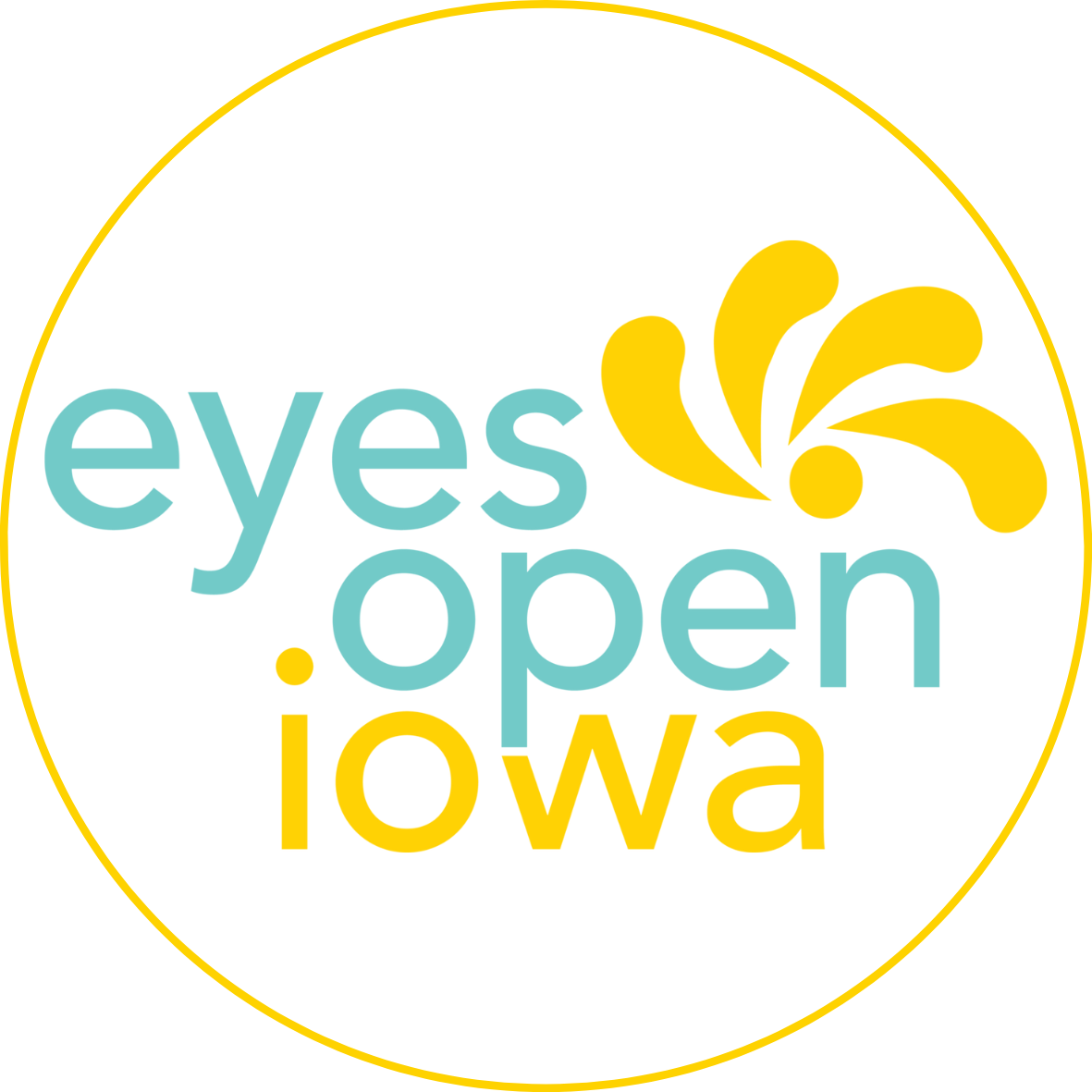Building Social Media Literacy: An Unconventional Experiment
Last year, during the pandemic, my husband and I gave into our nine-year-old and let her open an Instagram account.
I know, I know.
But there are important things to explain about this decision. First, she has a grand total of 10 followers to her private account. Each follower is a friend or family member, someone we trust. Second, with a few exceptions at the end (more about that later), we did not let her post pictures of herself.
Third—and most important—she was actually asking to open the account and discuss it with us as she went. It was, essentially, an invitation to a sacred and rare parent-child communication space that we couldn’t pass up. And with all the togetherness of the past year, it was easy enough to do.
We also made the decision because we are fully aware that in five or six years, our daughter will not be inviting us so willingly into her social media space.
In general, I am of the belief that, just as in sex education, we must start communicating with our children about challenging topics far sooner than we think.
And so I figured that while we were stuck at home together, allowing her to post pictures of puppies to Instagram and then chatting about her account was a great and gentle place to introduce her to the concepts of privacy and safety and overall the purpose of social media.
Here are a few things that came up during our experiment (which, BTW, only lasted a few short months before she grew bored and moved onto drawing cartoons from a series of tutorials on YouTube):
- She received requests from people we didn’t know, who wanted to follow her on Instagram. This allowed us to chat about why we don’t accept requests from strangers, especially as a child or teen. Over time, she would increasingly report when she rejected a request, telling me with pride, “I don’t know this person, so they don’t get to see my posts!”
- One day, she wanted to post a picture of her newly pierced ears. I said yes, which led to a series of posts from her that were clearly modeled after so many staged Instagram posts—“duck lips” and all. This led to a really important conversation about how and why there is so much staging on Instagram, as well as what is real and what is not real, etc. We also talked about body image and social media content. Ultimately, we removed the posts together.
- She posted a ton of cute puppy pictures she found online. From this I learned that puppy pictures make people really happy.
This tactic of working through social media together with children is not for everyone. But I do believe there are lessons to be learned from my experiment.
Too often, we give children far too little information to prepare them for real life: in sex education, in financial literacy, in social media safety, etc. Then as they become young adults, the bulk of our preparation entails telling them, “You’re about to do X thing. As you do, please just remember not to do the “wrong” things like get pregnant or go into debt or engage in unsafe online behavior.”
This type of “preparation” does not work. If we truly want to prepare children for adulthood, then we have to educate them fully. And sometimes that means going against the grain and allowing your nine-year-old to have limited access to social media. I’m hopeful our experiment served as just one of many important building blocks for the future.
We’re curious: what experiences have you had in bucking traditional wisdom in order to prepare your kids for the larger world? Or for the social media world? We’d love to hear from you!
Gail Cowan, MSW, is EOI’s Director of Development. A former therapist, she also runs her own coaching business. Find her at www.gailcowan.com or gail@eyesopeniowa.org.
